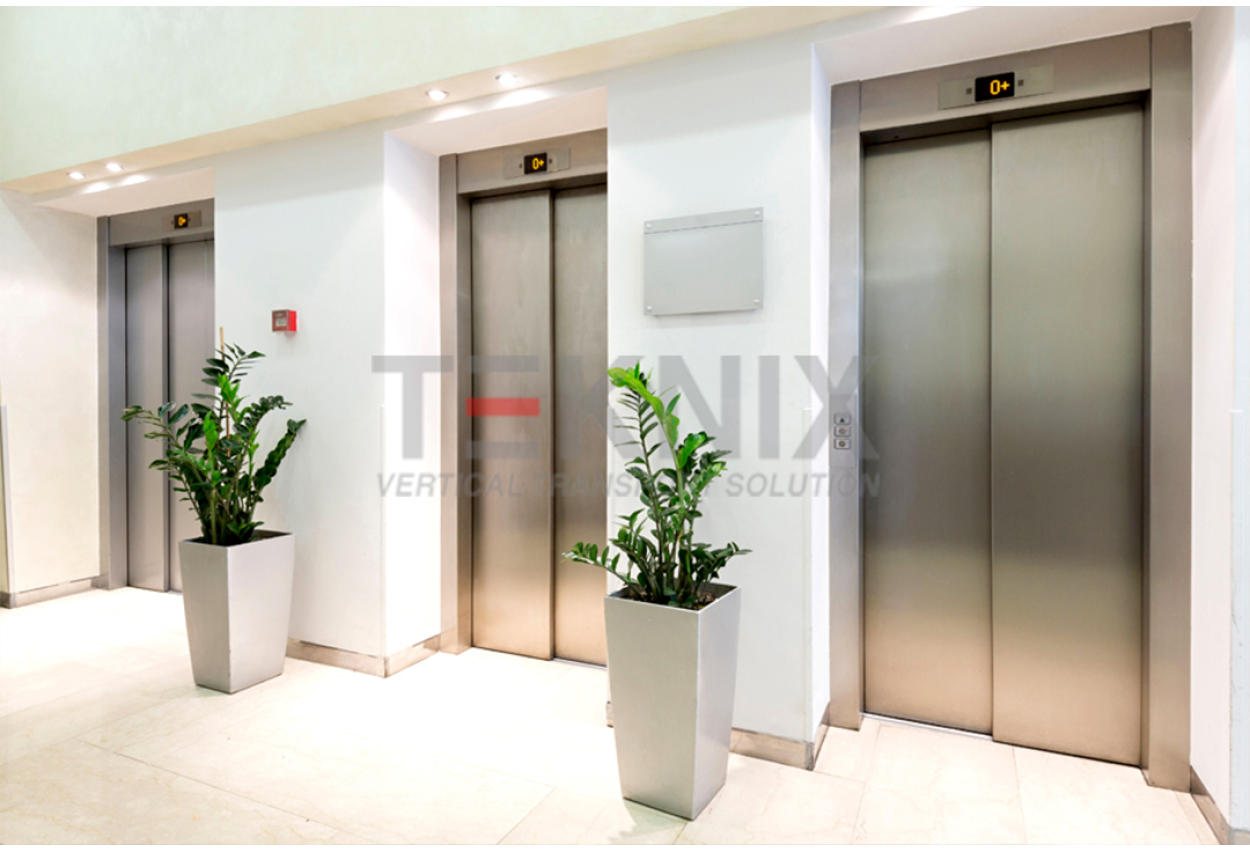London Lift Company: Trusted Specialists for All Your Vertical Transport Needs
London Lift Company: Trusted Specialists for All Your Vertical Transport Needs
Blog Article
Diving Into the World of Lifts: Typical Problems Dealt With by Different Lift Mechanisms
As we browse through the upright transportation systems of modern-day buildings, elevators stand apart as a crucial part of our daily lives. Nonetheless, behind their seamless operation lies a world of detailed mechanisms that can often encounter obstacles. From hydraulic elevators to traction systems and machine-room-less layouts, each lift kind comes with its set of typical concerns. Recognizing these challenges is vital for making sure the smooth performance of these crucial systems. Allow's discover the complexities that underlie the procedure of elevators and the potential issues that can develop, clarifying the detailed internet of lift devices.
Hydraulic Lifts
Hydraulic elevators, usually preferred for low-rise buildings, use fluid stress to manage the movement of the lift vehicle (lift repair companies). This mechanism involves a hydraulic pump pressing oil right into a cylinder, triggering the lift to relocate in the wanted instructions. While hydraulic elevators are understood for their silent and smooth operation, they do include their own collection of common issues
One common trouble with hydraulic lifts is oil leak. The seals in the hydraulic system can wear out with time, leading to oil infiltration. This not only creates a mess however can also influence the lift's performance if left unaddressed. Additionally, problems with the control system, such as malfunctioning shutoffs or a malfunctioning pump, can create disruptions in the elevator's motion.
Routine maintenance and prompt repairs are important to make certain the smooth performance of hydraulic elevators. By attending to these common issues proactively, structure owners can lessen downtime and guarantee the safety and effectiveness of their upright transportation system.
Grip Lifts
When taking into consideration upright transportation systems in buildings, an additional usual kind apart from hydraulic elevators is the grip elevator. Traction lifts run using a system of ropes and counterweights that relocate the elevator auto by grasping onto the hoist ropes. This device allows for smoother and much faster upright transport compared to hydraulic systems.
One of the usual issues faced by traction elevators is rope wear. The constant movement of the ropes within the traction system can result in tear and use with time, possibly causing the elevator to malfunction or become risky for usage. Regular examinations and maintenance of the ropes are vital to make sure the elevator's correct functioning and safety.
Another issue that grip elevators might run into is related to the control system. Issues with the control system can result in concerns such as erratic motion, delays in reaction times, or perhaps full shutdowns. Normal testing and upkeep of the control system are important to stop such issues and ensure the lift's reliability.
Machine-Room-Less (MRL) Lifts

One of the vital parts of MRL lifts is the portable gearless traction equipment that is installed within the hoistway. This maker successfully drives the lift cars and truck without the requirement for bulky equipment located in conventional disabled platform lifts prices uk grip lifts. In addition, MRL lifts generally use a counterweight system to stabilize the cars and truck, more enhancing their energy effectiveness.
In spite of their advantages, MRL elevators might encounter obstacles connected to upkeep and repair work due to the restricted room for equipment installation. Availability for servicing components within the shaft can be restricted, requiring specialized training for service technicians. Proper upkeep schedules and normal evaluations are vital to make sure the continued smooth operation of MRL elevators.
Overloading and Weight Limitation Issues
Straining and weight restriction issues are vital worries in elevator procedures. Lift suppliers style lifts with details weight abilities to make sure passenger safety and we maintain lifts security and devices long life.
When elevators are overloaded, it puts extreme strain on the electric motor, cables, and other components, possibly triggering break downs or breakdowns. Security systems such as sensors and overload sensing units are in location to stop elevators from relocating if they spot excess weight. Additionally, exceeding weight limits can bring about increased energy intake and wear and tear on the elevator system.
To minimize straining issues, constructing managers should prominently show weight limitations in lifts and enlighten residents on the significance of adhering to these constraints - lift repair companies. Regular upkeep checks by qualified specialists can additionally assist guarantee that elevators are running within safe weight criteria. By addressing overloading and weight limitation issues proactively, building proprietors can boost elevator safety and security and efficiency
Electrical System Failings
Surpassing weight restrictions in elevators can not just lead to mechanical problems but likewise potentially contribute to electrical system failings within the lift facilities. Electric system failures are a vital issue in lift operation, as they can cause unforeseen closures, breakdowns, or also safety and security risks.
Regular maintenance and inspections are crucial to determine and address potential electric issues promptly, ensuring the safe and effective procedure of elevator systems. By adhering to weight restrictions and carrying out routine electric system checks, structure proprietors can reduce the risk of electric failures in elevators.
Verdict

Hydraulic elevators, usually chosen for low-rise structures, make use of fluid pressure to control we maintain lifts the movement of the lift vehicle.When taking into consideration upright transport systems in structures, one more usual type aside from hydraulic elevators is the traction elevator. Grip lifts run utilizing a system of ropes and counterweights that relocate the lift car by gripping onto the hoist ropes. Unlike typical elevators that require a different equipment room to house the equipment, MRL elevators integrate many of the parts within the shaft, eliminating the requirement for a dedicated equipment room.In conclusion, elevators deal with common concerns such as hydraulic malfunctions, traction system failings, and electrical system problems.
Report this page